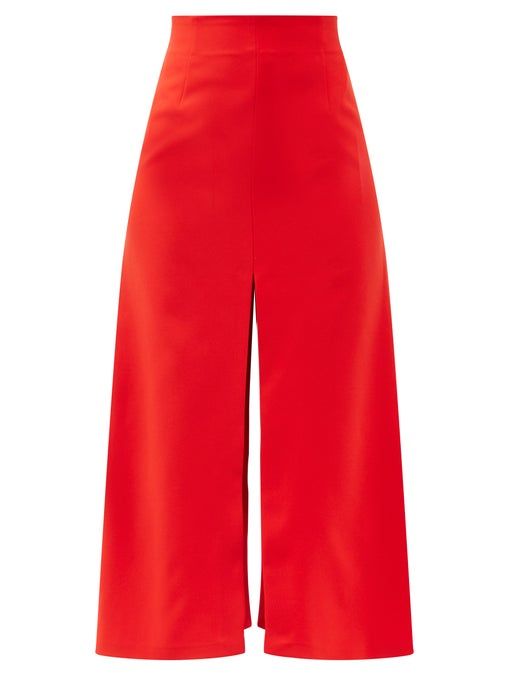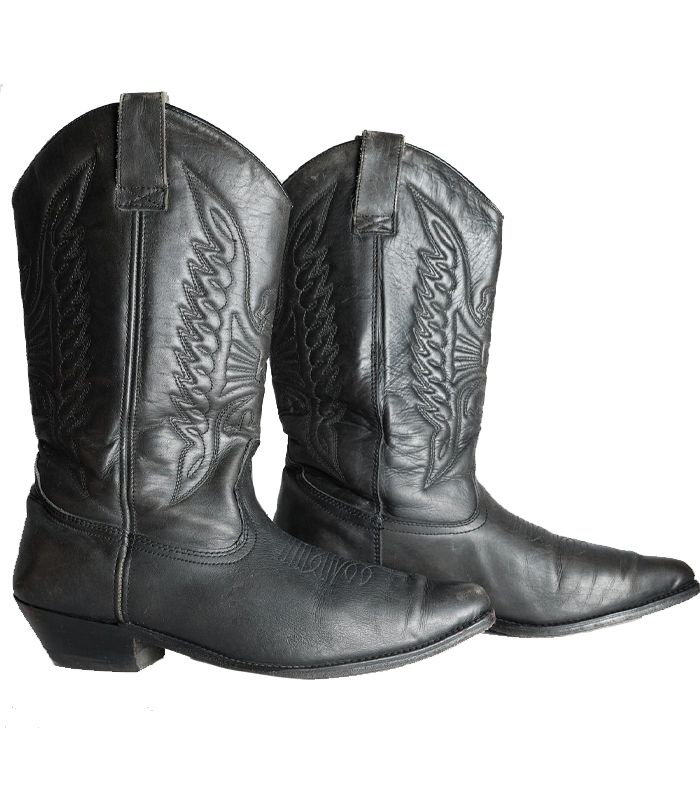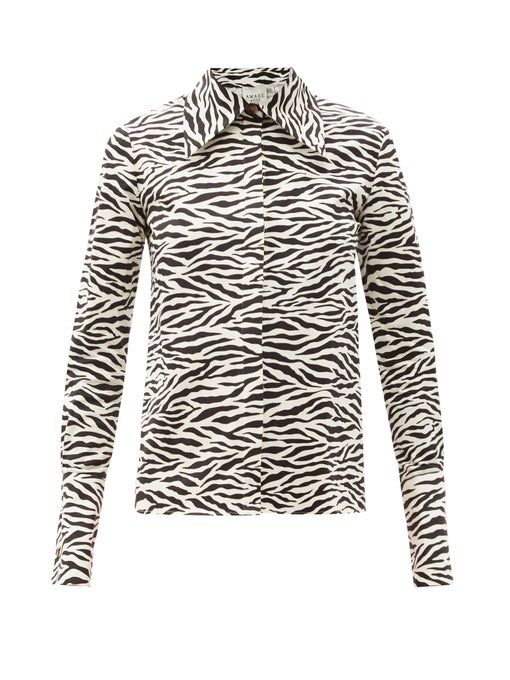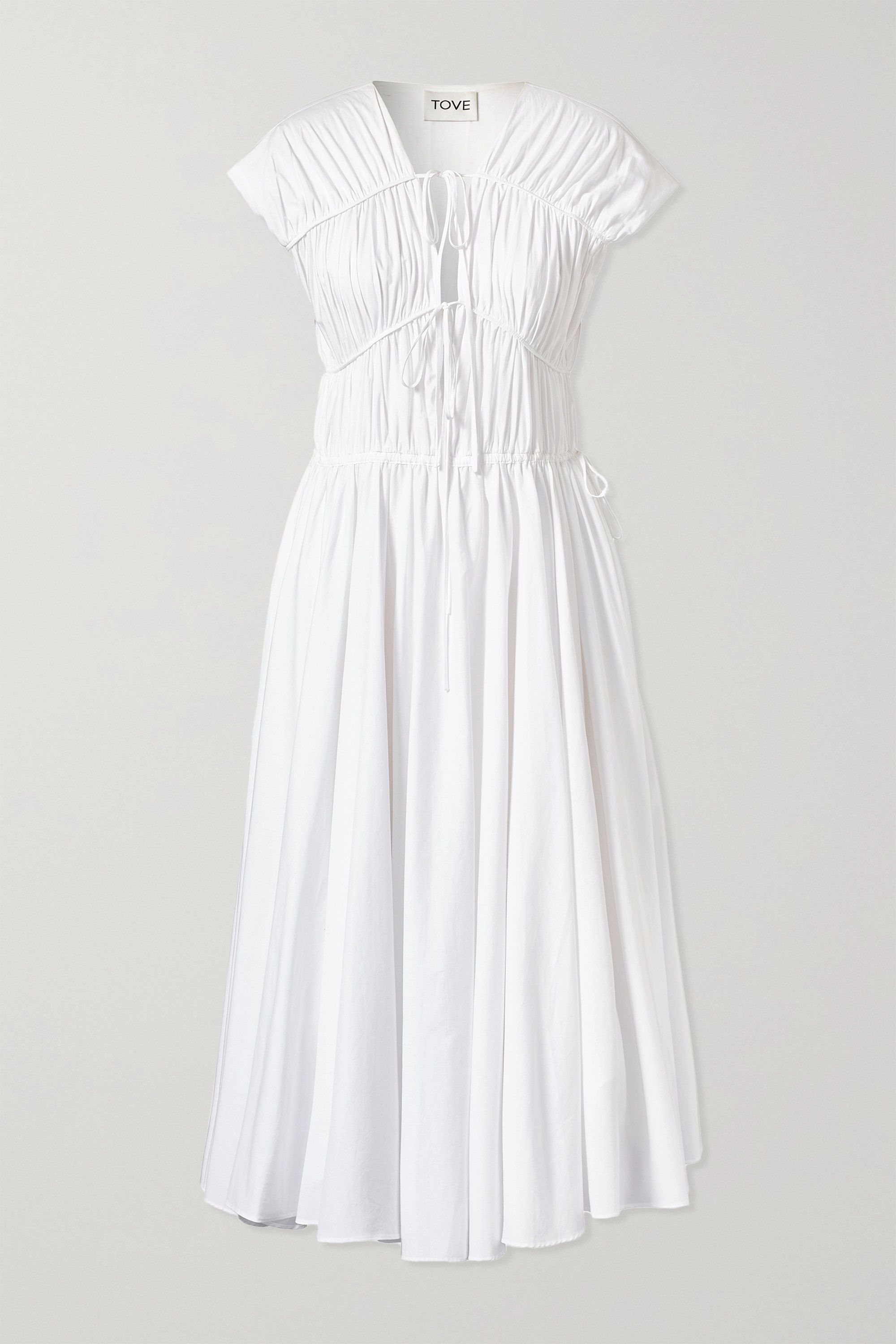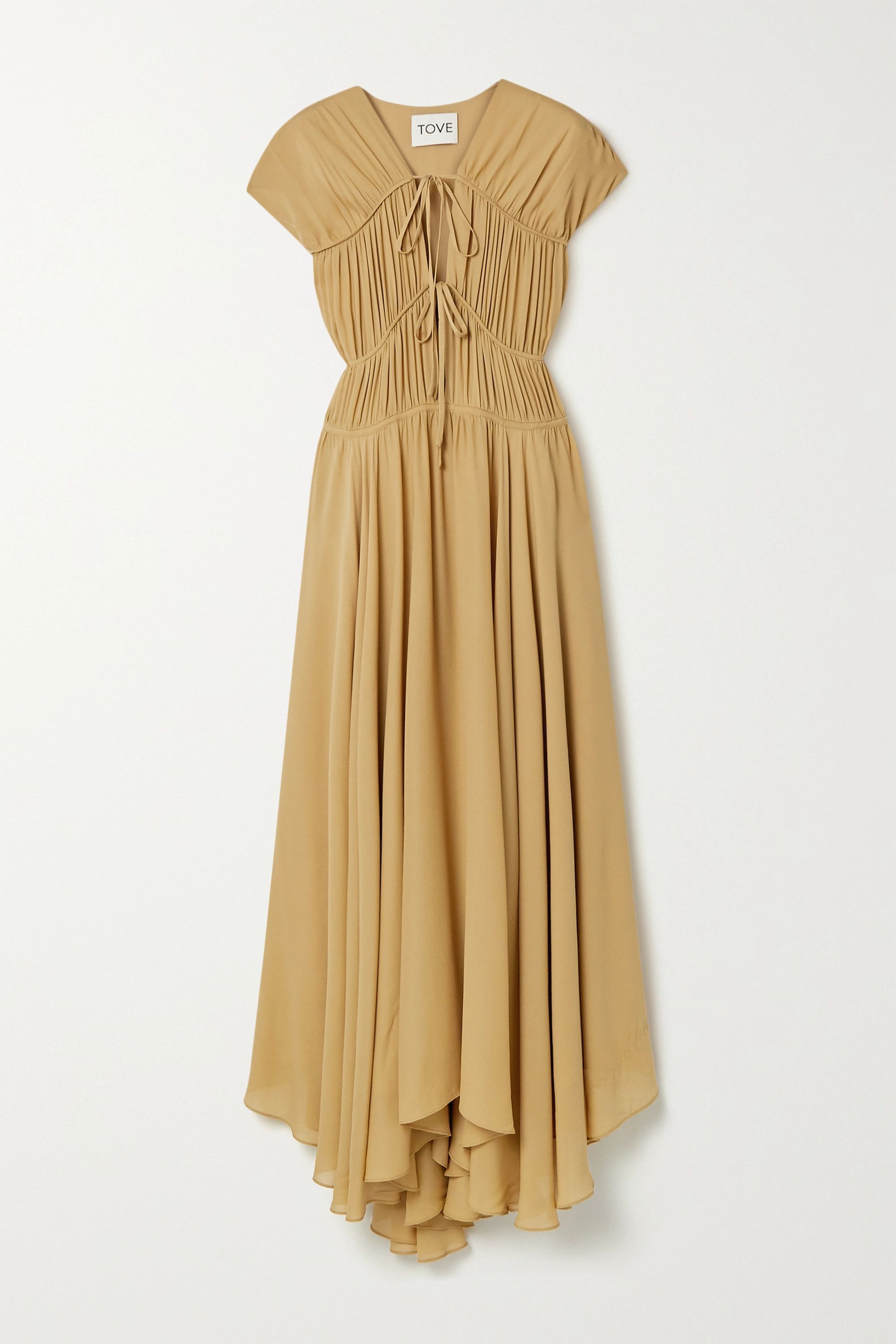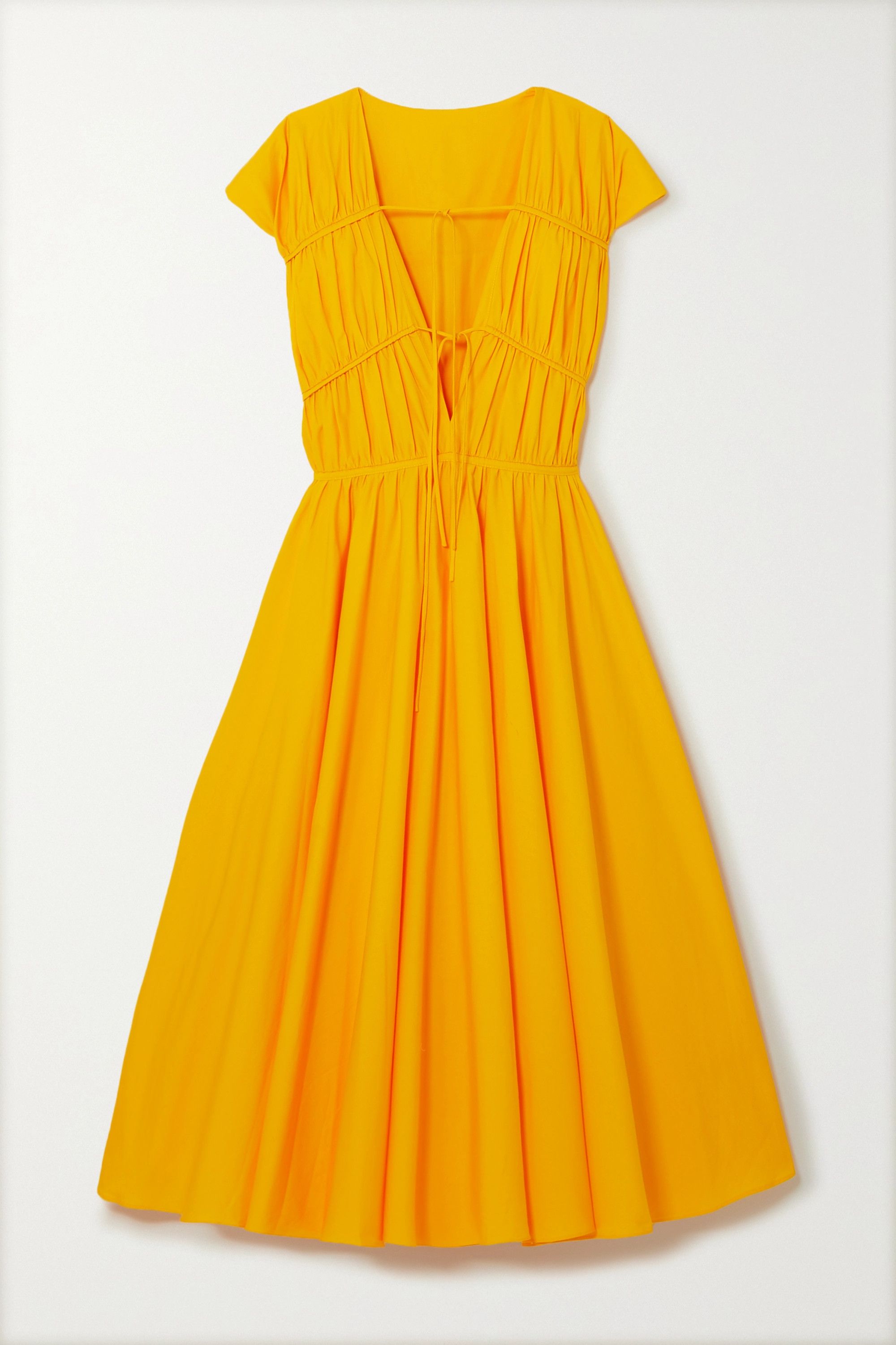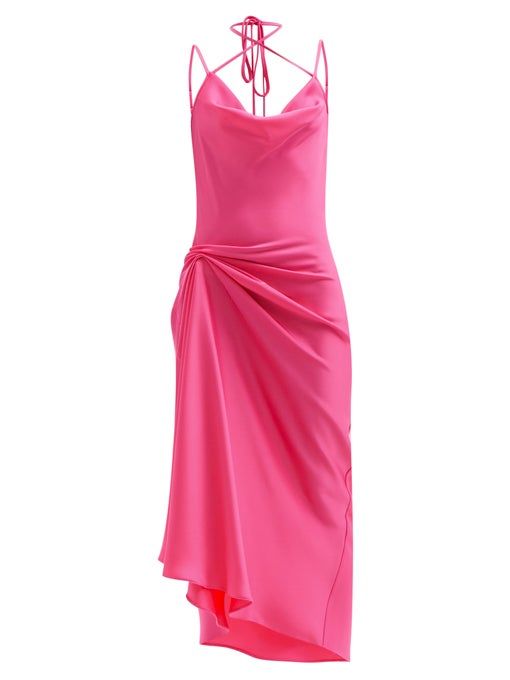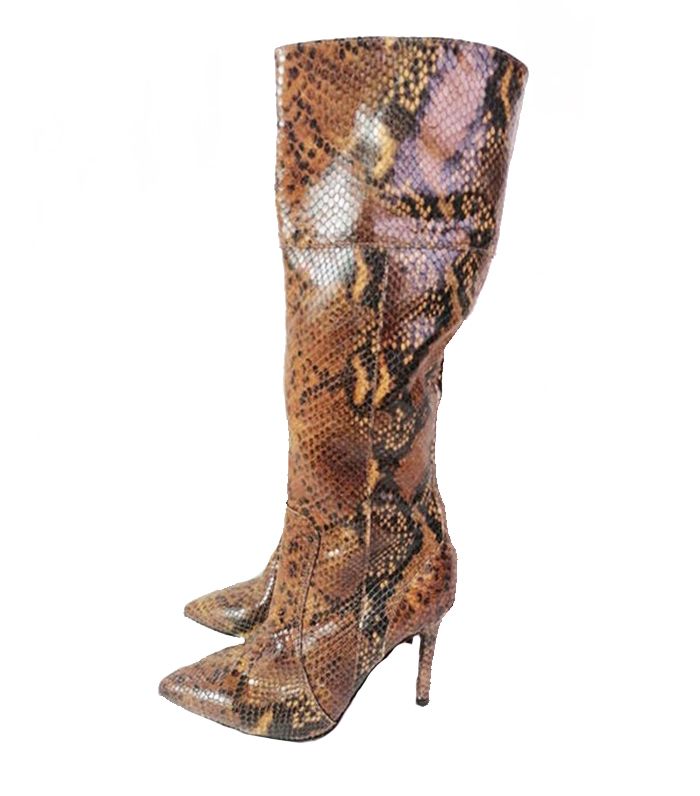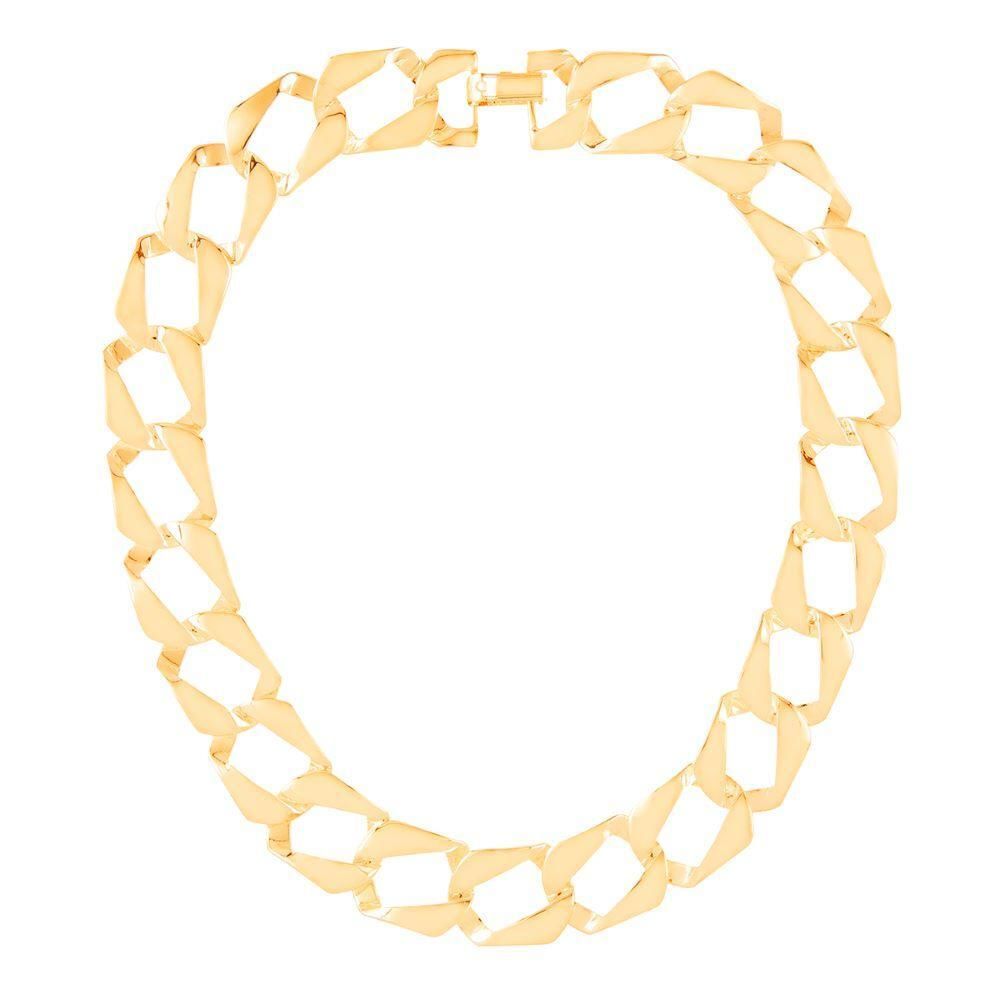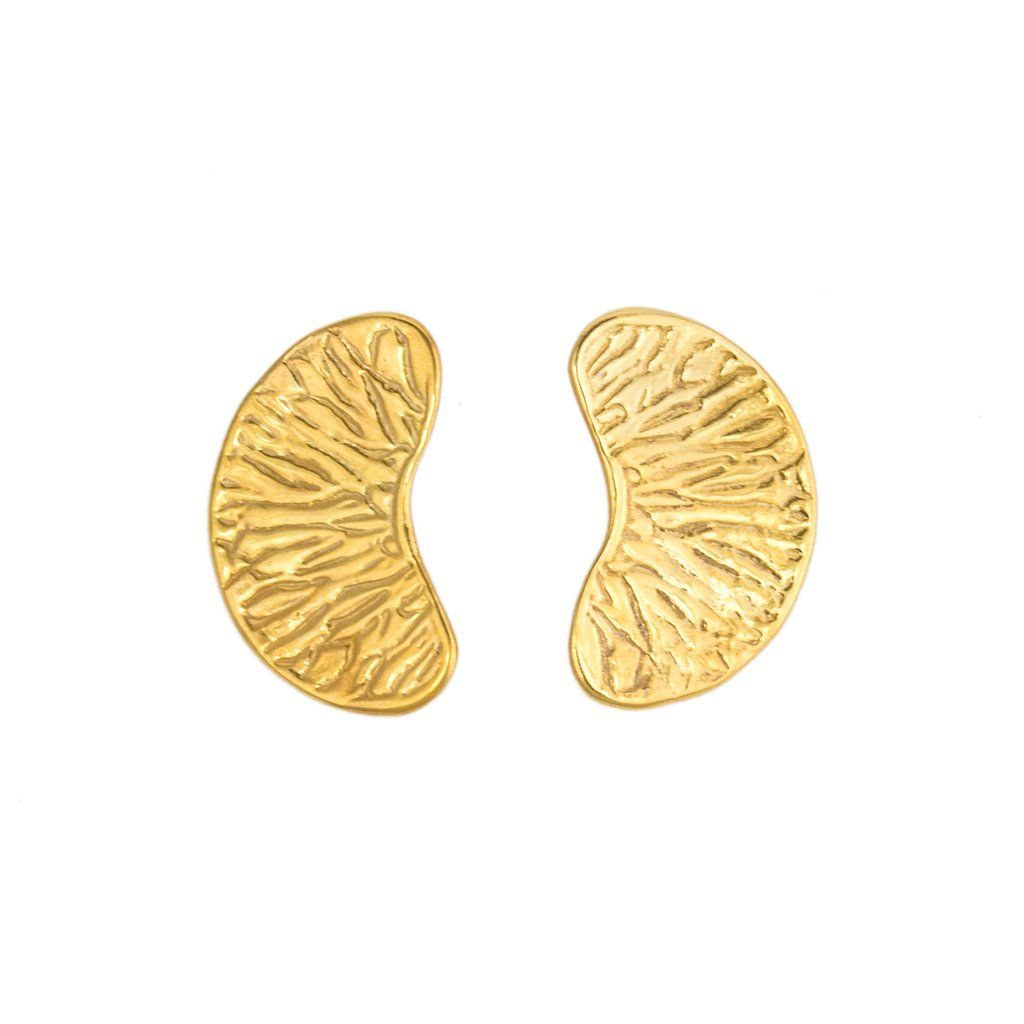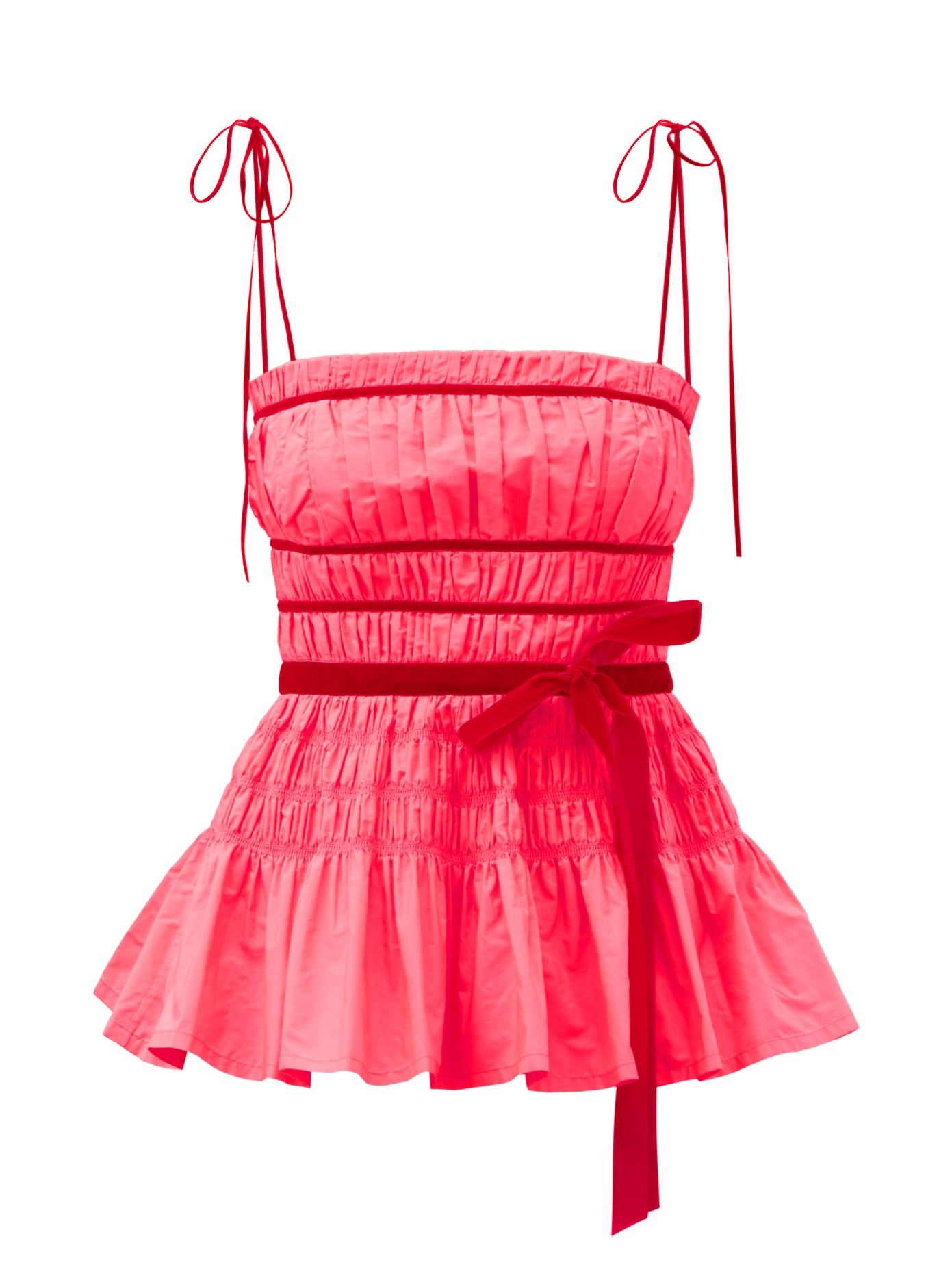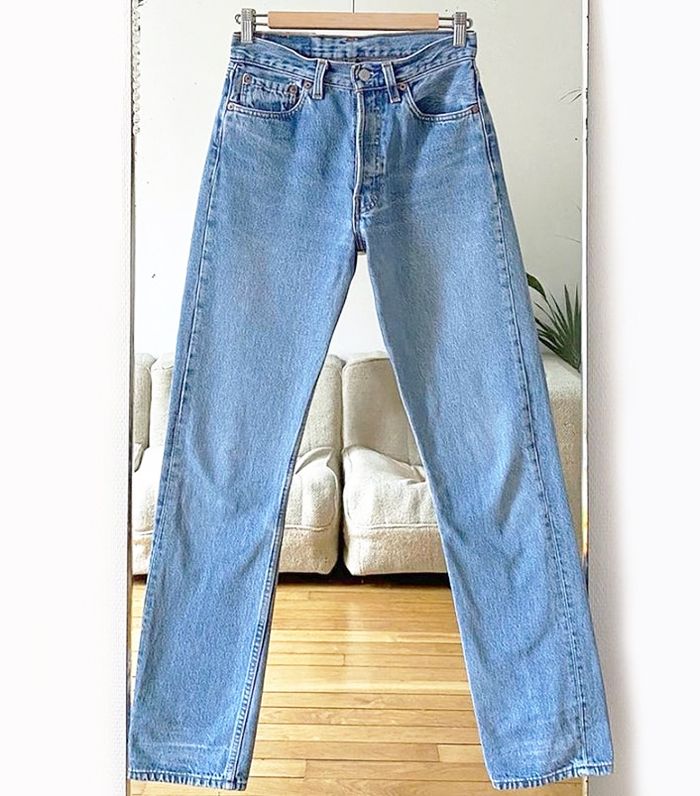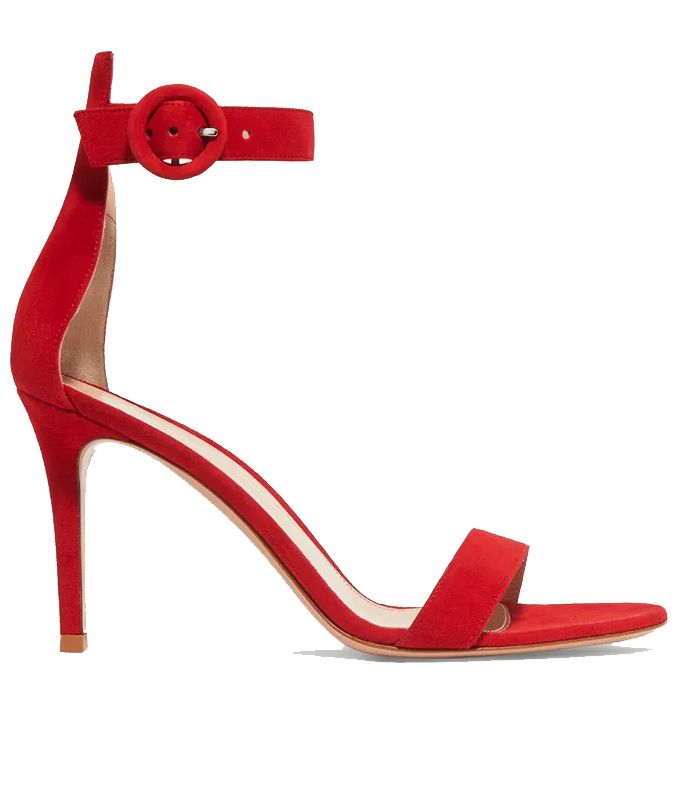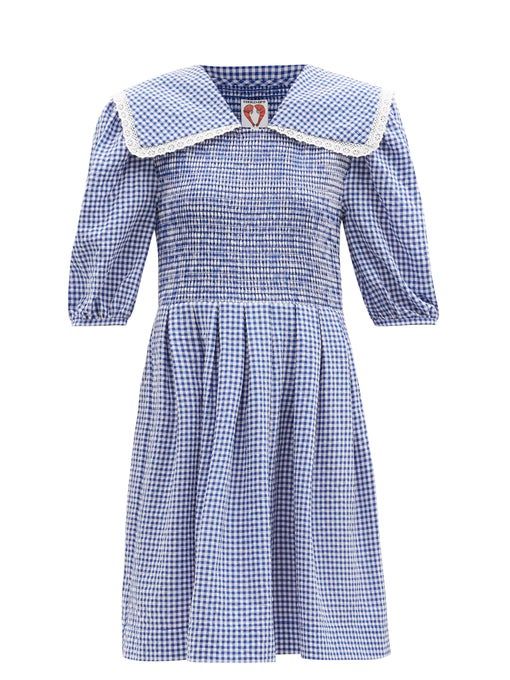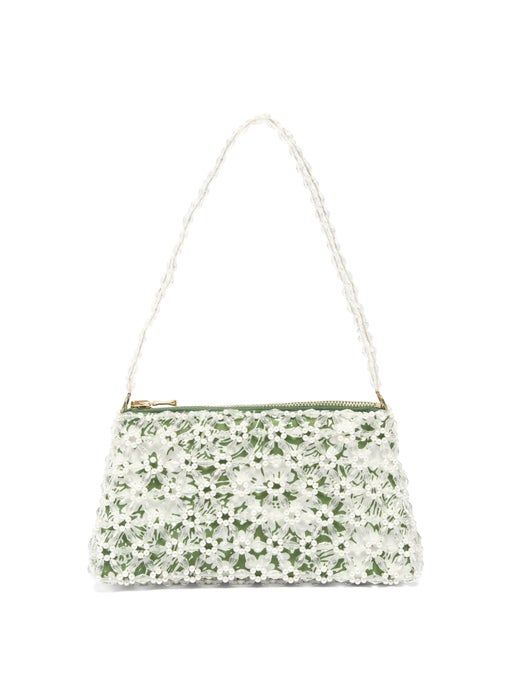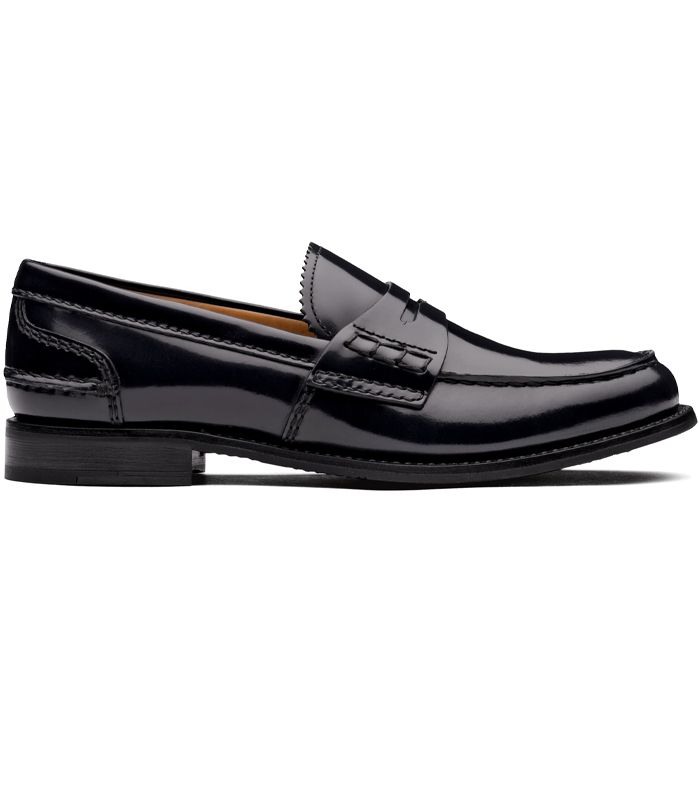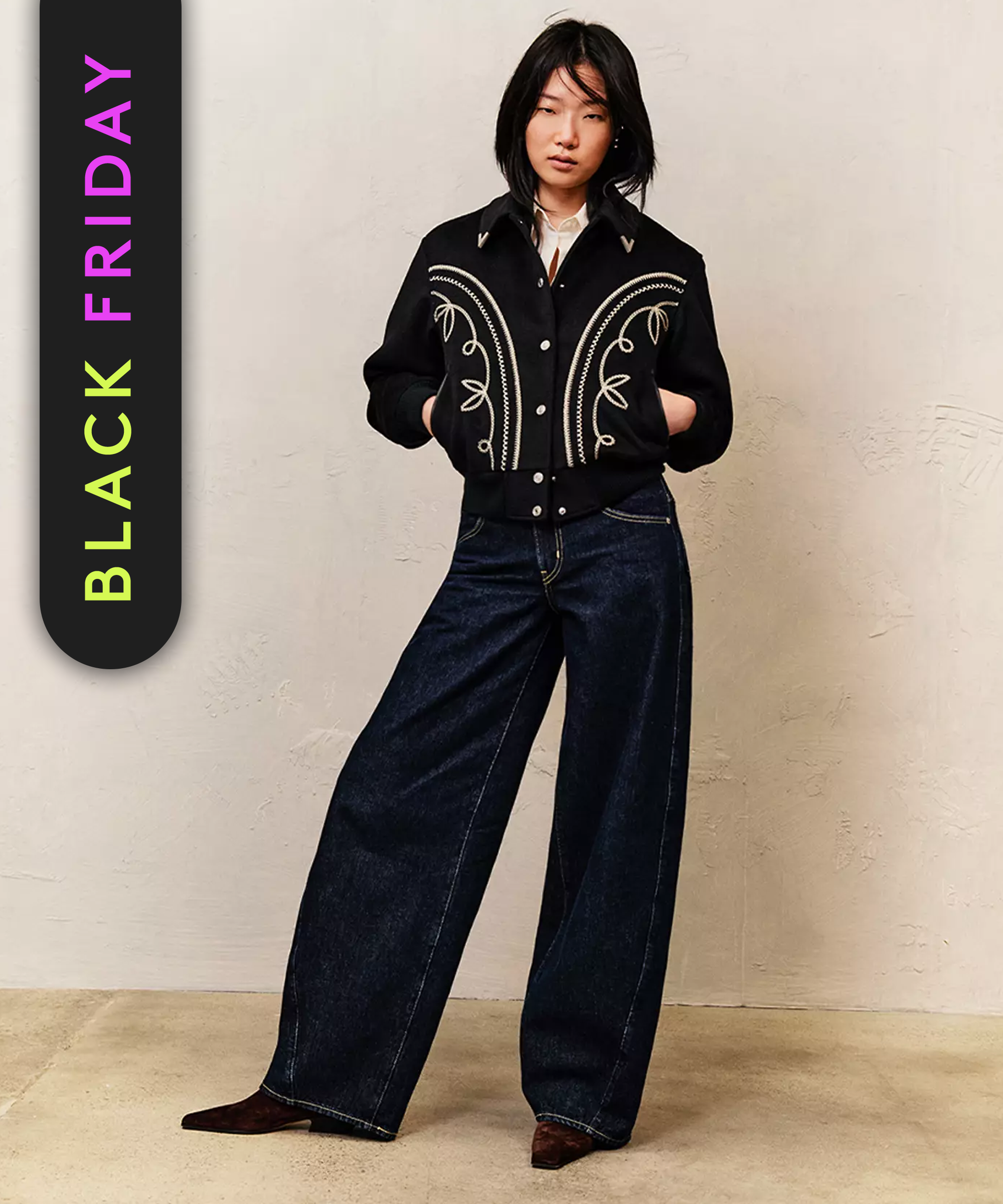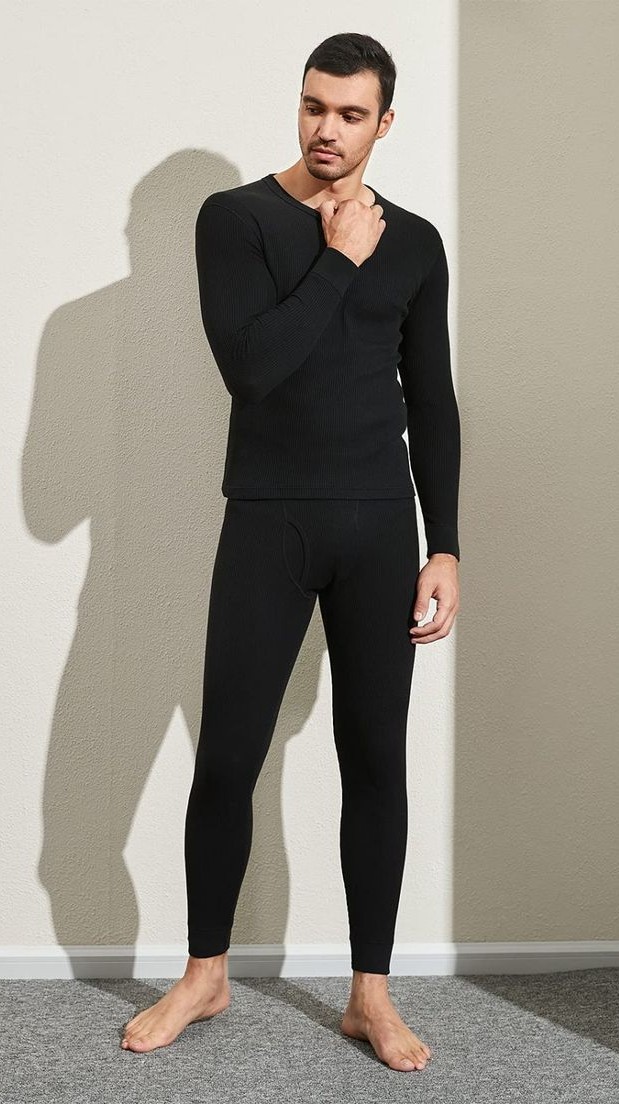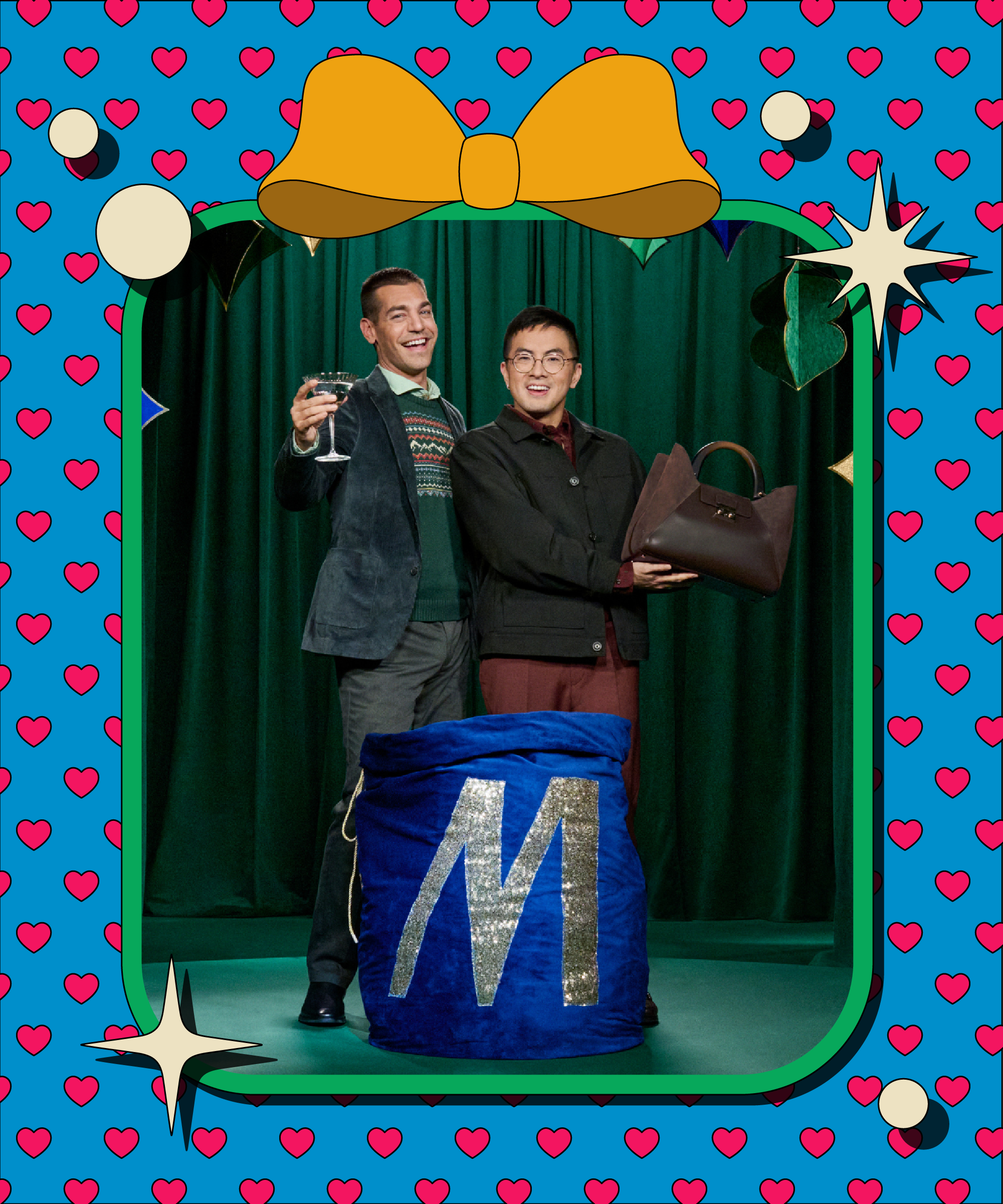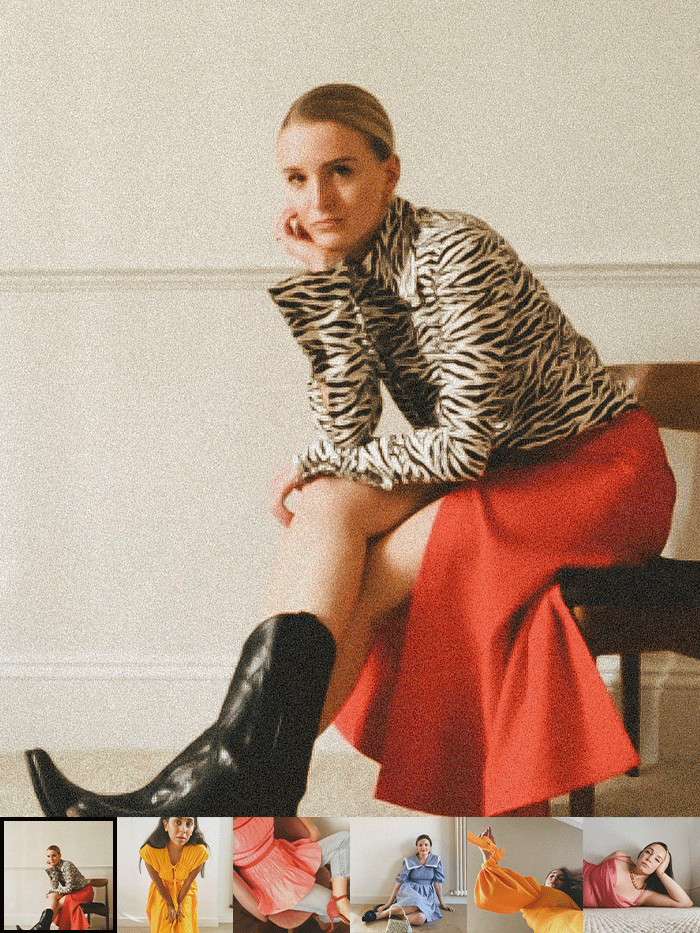
I remember the first time I attended London Fashion Week so clearly. Back then the BFC hub and showspace were both located within the Neoclassical grandeur of Somerset House, its cobbled courtyard and imposing pillars creating a stage-like effect on which fashion editors and bloggers—before they became ‘influencers’—made their well-practiced appearances. For a newbie, it was intimidating to say the least, and you had to quickly learn the many social cues and faux pas that everyone else seemed to grasp instinctively (reality check: no one knows what they’re doing). I’ll never forget the first time I experienced the hierarchical proceedings of show seating: ‘Oh, you have a red dot on your invite? You can stand in the corner by the toilets’. Yet once I had gotten past the posing and the politics, I was totally hooked.
“London has a reputation for being a hotbed of new, young, and creative talent. Anyone who visits its capital will agree that its streets are filled with a diverse mix of life which acts as a constant source of inspiration”, says Caroline Rush, Chief Executive of the British Fashion Council. “This mesh of cultural backgrounds and world leading colleges is a powerful combination that provides British designers with a distinctive competitive advantage. It’s no surprise that increasingly, fashion powerhouses are looking to Britain for their next investment. As Chief Executive of the BFC for the last 11 years I have witnessed immense change in the industry first hand. It’s been incredible to watch London Fashion Week transform from the underdog to a highlight of the international fashion calendar.”
Nine years later and London Fashion Week is looking a little different; physical runways have been replaced with online streaming, sardine-like FROWS swapped out for living room sofas and shearling slippers have replaced heels as the fashion insiders’ shoe of choice. Unsurprisingly, as an event predicated on performance, physical proximity and social interaction, fashion week, and the industry as a whole, has taken a hard hit from the pandemic.

“Many designer businesses struggled to stay afloat over the last year and our current estimates show that the industry could be hit twice as hard compared to the UK overall, whipping out the above-average growth achieved in the past ten years,” explains Rush. “We anticipate about 240,000 direct job losses and a level of contribution to GDP down from £35bn in 2019 to £26 billion. Without help, we risk to see a whole generation of talented creatives wiped out.
“The pandemic also meant a total reset for London Fashion Week, one of the country’s most anticipated events internationally. We were very quick at moving online and since June 2020, the event is fully digital and accessible to everyone, industry members and public alike. It forced us to think outside the box and challenge the norms and ideas of how we traditionally look at fashion weeks, while having to think of new ways to promote our designers on a global scale. It also allowed us to deepen even more the conversation around sustainability and the role the fashion industry has to play when it comes to issues such as global warming and use of natural resources. This is an important conversation in the industry that we will continue to have beyond the pandemic.”
But of course, we must persevere, and if there’s one city which is best known for its ability to innovate, it’s London. We might not be publishing our usual street style round-ups or bringing you the latest gossip from the front row, but we wanted to find a way to mark the start of London Fashion Week in its new format. In lieu of attending IRL, we have taken the opportunity to peel away the paraphernalia that can sometimes distract from the collections themselves and instead return to the heart of what drives London Fashion Week: Extraordinary design.
I asked each Who What Wear editor and our columnist Monikh to pick one British brand that they love and whose design encapsulates the talent and creativity our wonderful city has to offer. And what better way to celebrate them? To wear the clothes, of course. From Molly Goddard’s whimsical tulle to AWAKE Mode’s sculptural appeal, scroll down to see the British fashion brands we will never grow tired of.
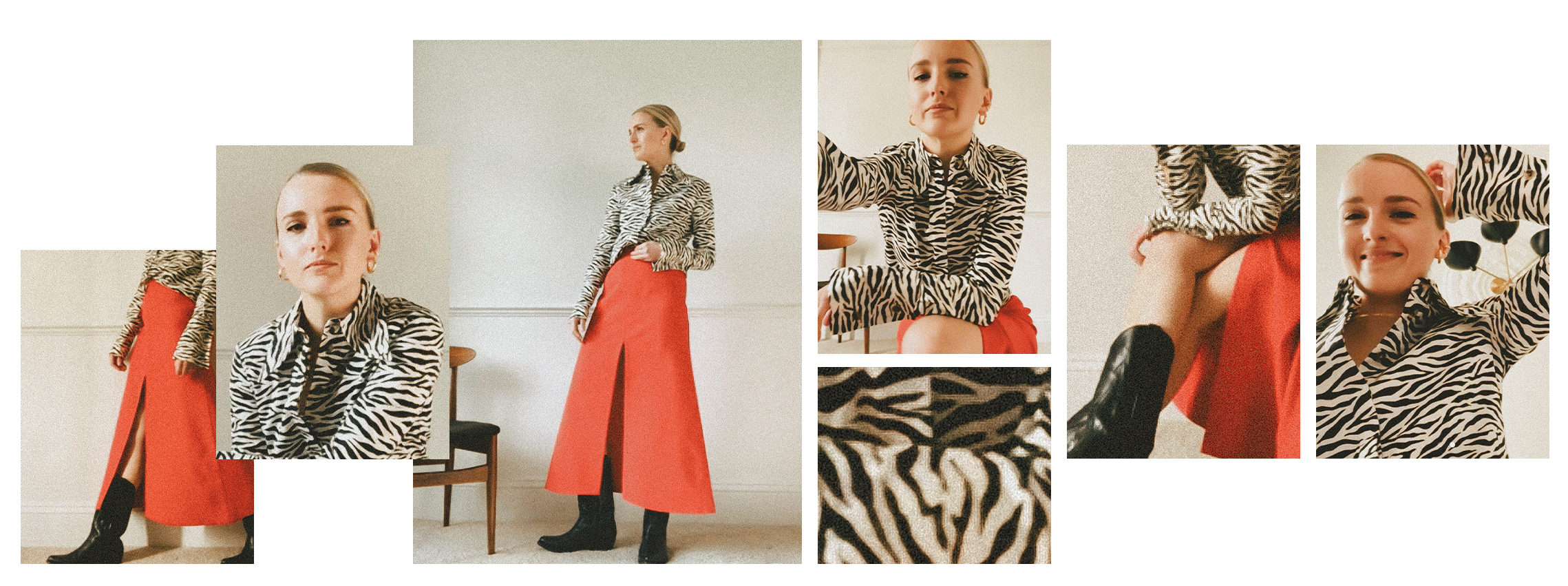
Joy Montgomery: “There’s nothing quite like the anticipation of waiting for your favourite London Fashion Week show to start. While every runway possesses its own unique buzz, knowing that the collection you’re about to see is one that will speak your (fashion) language is beyond exciting. A.W.A.K.E Mode? It gets me every single time.
Its sculptural tailoring, high-impact fabrics and clever cultural references offer the perfect balance of polish and creativity that I so often crave from my own wardrobe. “What is it about British design that makes it so unique? It’s punk and very free,” explains A.W.A.K.E’s founder Natalia Alaverdian. “Literally everything inspires me as a designer, but people are my thing: If I’m surrounded by the right people—my team mostly—then I can open up and create better. My hope for the future of British design is to see it coming back to the glory of the ’90s.”
This outfit exemplifies everything I admire about the brand—the combination of the bright red and statement zebra print feels contemporary, yet still offers a nod to nostalgia.
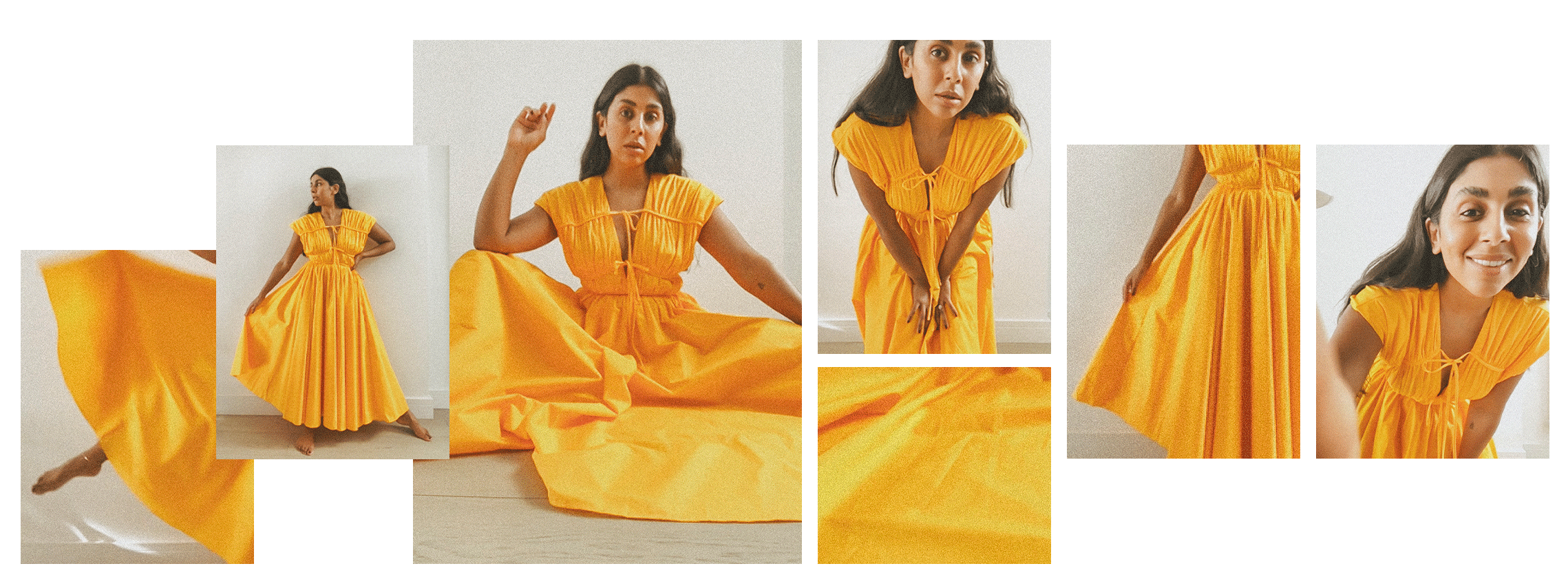
Our columnist Monikh Dale chose this sunny midi dress from emerging London-based label Tove. The brand only launched in 2019, and is founded by Camille Perry and Holly Wright, who are former colleagues with 15 years of experience working in buying and design. Perry previously said to Who What Wear: “Tove was born out of a desire to create a timeless wardrobe of sustainable pieces that are beautifully made. We noticed that a shift was emerging within the luxury market where retail prices were becoming higher, whilst often the quality and design were not proportionate to this rise.” Monikh wears the Ceres dress, which has quickly become a cult favourite and Tove keeps re-releasing in new colours. Wright says of the Ceres: “This is our key dress for the summer season. Within our own collection, it is available in ivory and black, perfect for warm summer days in the city.”

Elinor Block, says: “It’s rare to find a brand that’s been going for such a short time and yet has already made quite the impact. Designer duo, Marco Capaldo and Federica Cavenati, co-founders of 16Arlington showcased their first collection at London Fashion Week in 2019 and already have A-list fans, including Lena Dunham and Alexa Chung. In a world of copycat minimalists, 16Arlington injected some much needed fun into fashion week with the brand’s take on partywear.
While there are plenty of feathered creations from the brand, there was something about this hot pink dress that caught my eye. I wouldn’t usually go for such a strappy dress but as I’m contemplating the new ’roaring ‘20s’ and what that will mean for my wardrobe, I’m definitely open to suggestions. Plus, when I put this dress on, I felt great. It’s clingy, absolutely, but somehow doesn’t make me feel like I’m doing Jessica Rabbit Cosplay. The best bit is that you can absolutely tell that the 16Arlington designers have women in mind. Capaldo and Cavenati told me as much:
“For us, women really are at the forefront when we design. We design for a good time and we think that starts with how you feel in a garment. The key to that is fit, when you feel confident, that’s when we think real beauty shines through. We hope our clothes add confidence to our woman and enhance a beauty that’s already there.
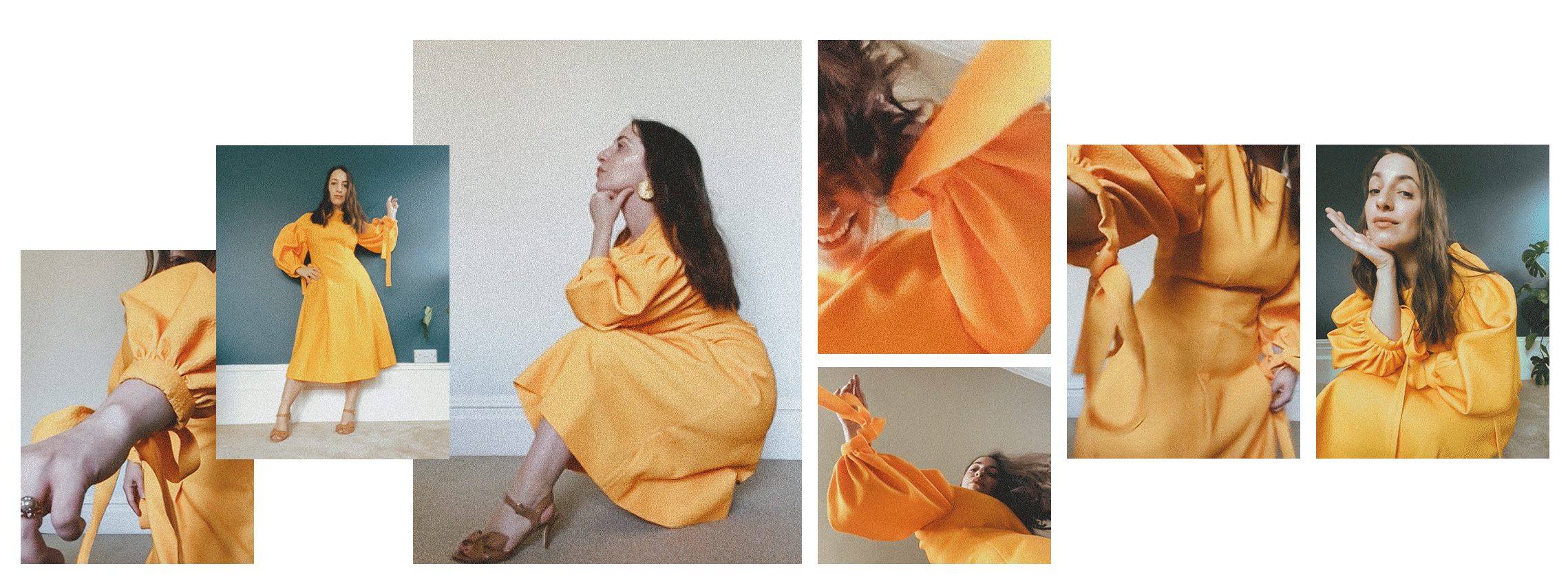
Hannah Almassi: “From the very first low-key presentation of Rejina Pyo’s collection in 2014, I was hooked. Not only was she an absolute delight to talk to but her clothes filled a gap in the market for considered, versatile and practical-yet-fancy pieces that one could wear on repeat throughout any given week. Her aesthetic sits within the magical Reuleaux triangle of a Venn diagram—on one side you have design details and excitement and trends that get your heart racing, and on the other you have clever, comfortable, cool-looking staples you’ll use forever.
“As someone who enjoys getting dressed up and looking smart, she creates the kinds of items I can do that in without feeling silly or OTT. I pre-ordered this dress back in early 2016 before it became a street style favourite (and actually, I’ve kept it stored away during this past year) but it still stands up as a really fabulous piece now—looking just as modern and vibrant as it did when I decided to buy it. Rejina’s pieces aren’t cheap, but they aren’t prohibitively expensive either, so when I have some money saved up or I’m perusing the sales, she’s the name I go to first.”
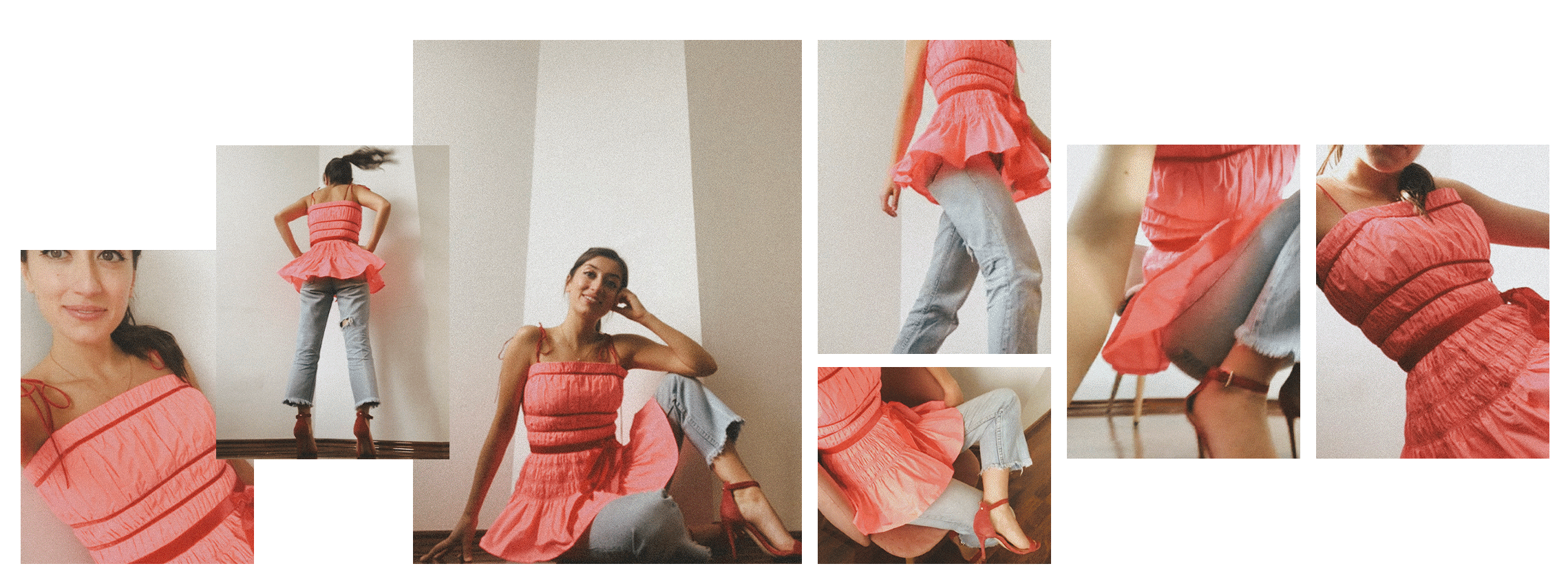
Zoe Anastasiou: “I’ve always loved the way Molly Goddard’s collections offer a dose eccentricity and escapism. And I have never needed that more than I do now. This neon pink, voluminous, ribbon-adorned top is the absolute antithesis of the boring grey jumpers I’ve been wearing throughout lockdown and that is precisely why I love it. I honestly felt happier the minute I put it on. Now that’s what I call mood-boosting fashion!”
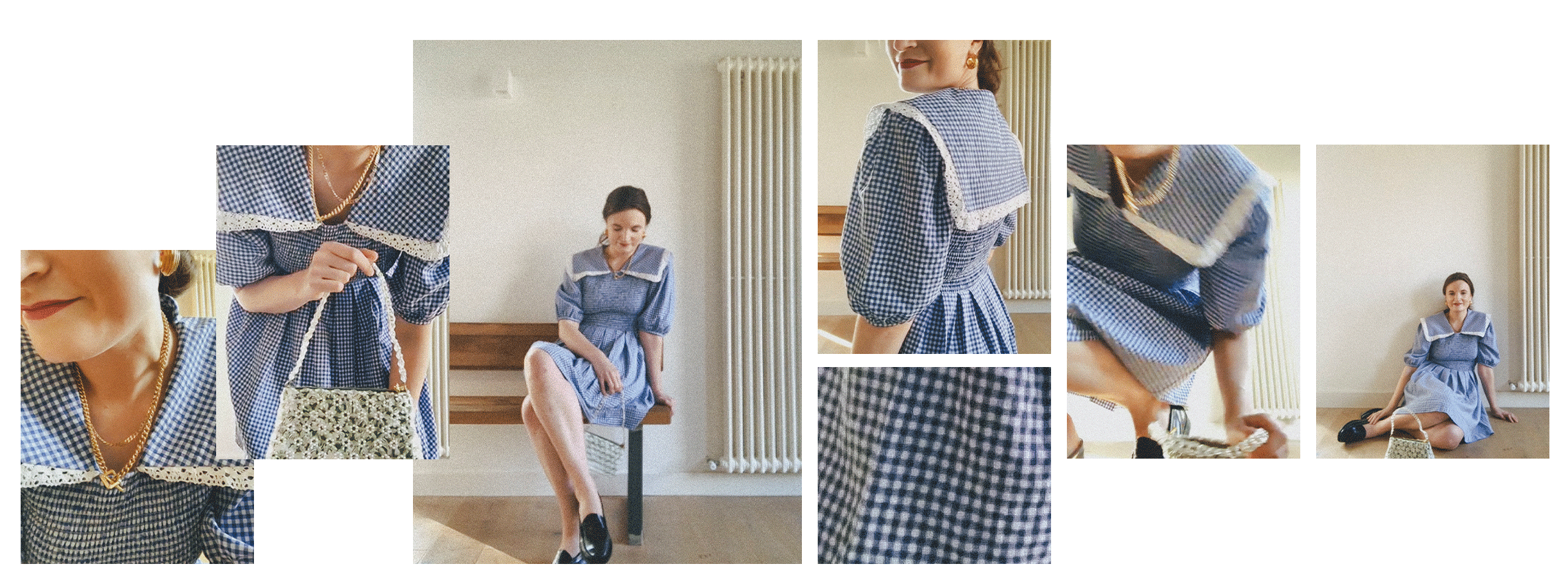
Emma Spedding: “There are certain things you can always rely on in the London Fashion Week schedule—Burberry will have the most starry front row and the Julien Macdonald show is often like being in a sticky-floored night club (often complete with oiled-up dancers). But I can always rely on Shrimps to deliver the cutest items that I’ll actually want to buy myself. Founded in 2013 by London College of Fashion graduate Hannah Weiland, it started creating faux fur coats which were quickly worn by Alexa Chung, Daisy Lowe and the rest of the front row set. But it’s in the past few years as the brand has expanded into pearl headbands, whimsical printed organza dresses, vintage-style embroidered cardis and beaded handbags that I’ve really fallen hard for this British brand. The collections all evoke a feeling of nostalgia, and this gingham blue dress is reminiscent of old fashioned summer school uniforms you’d imagine in an Enid Blyton book. That’s why I decided to play this up by pairing it with some classic patent loafers.”
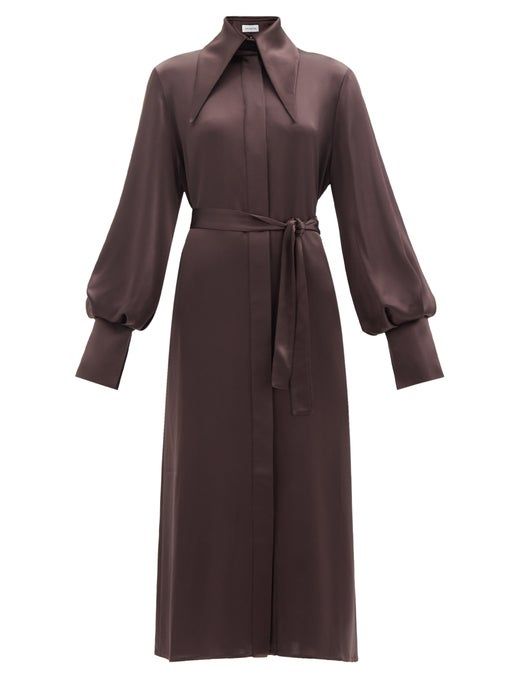


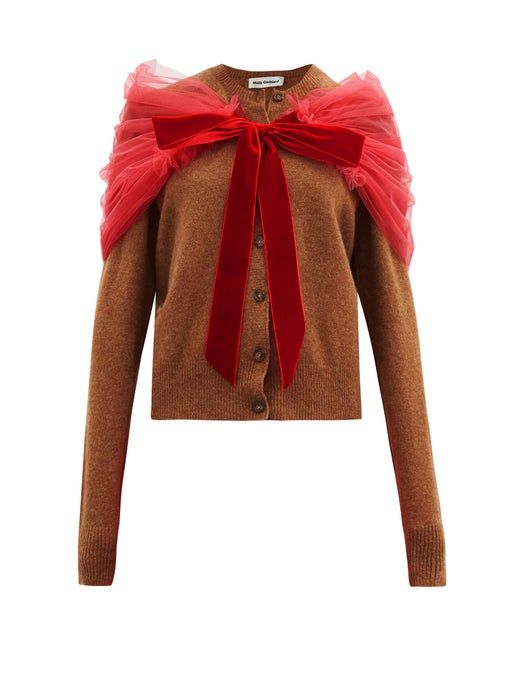
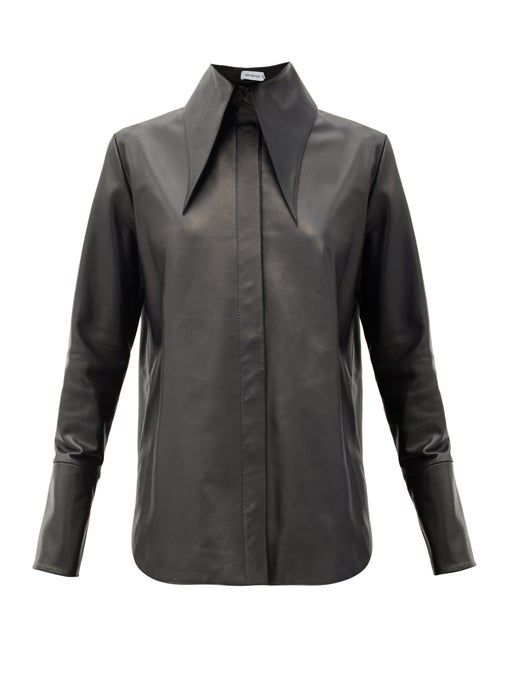
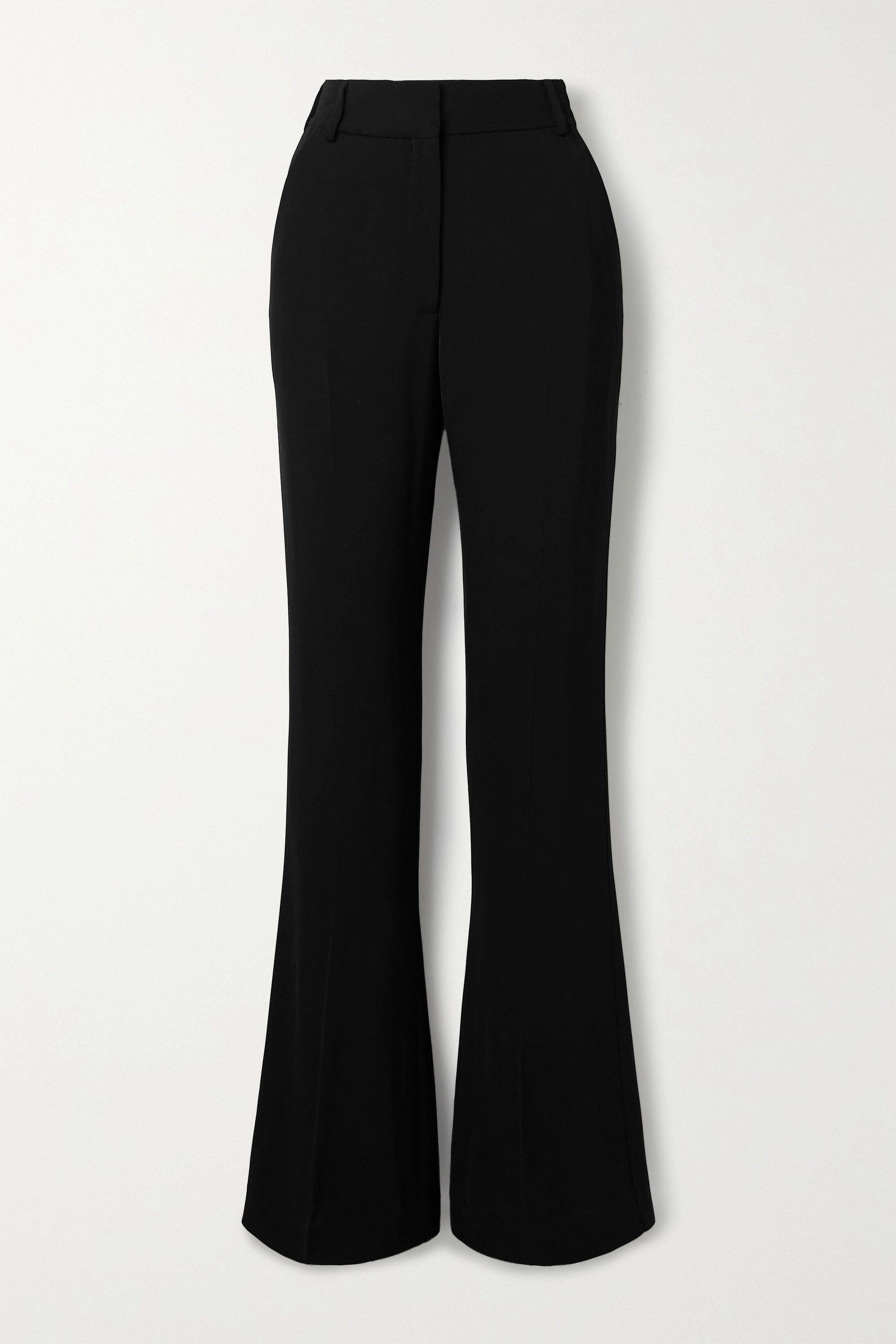
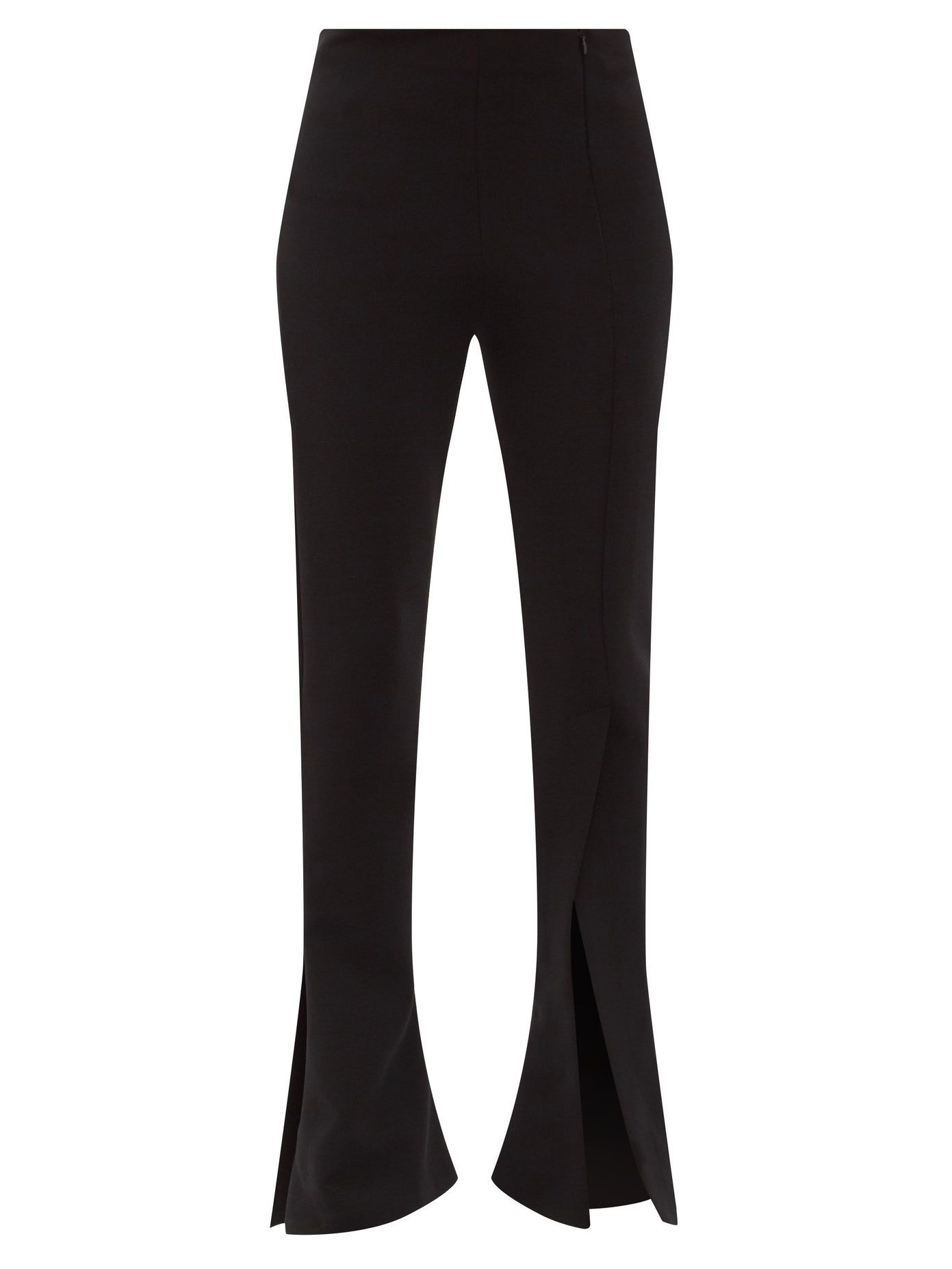
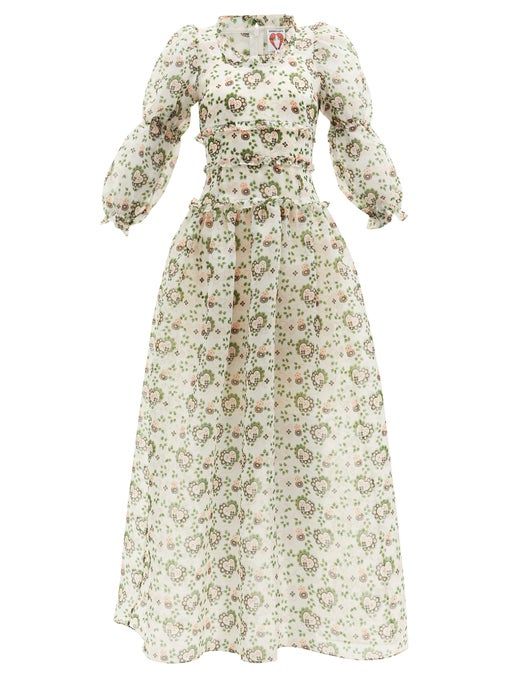

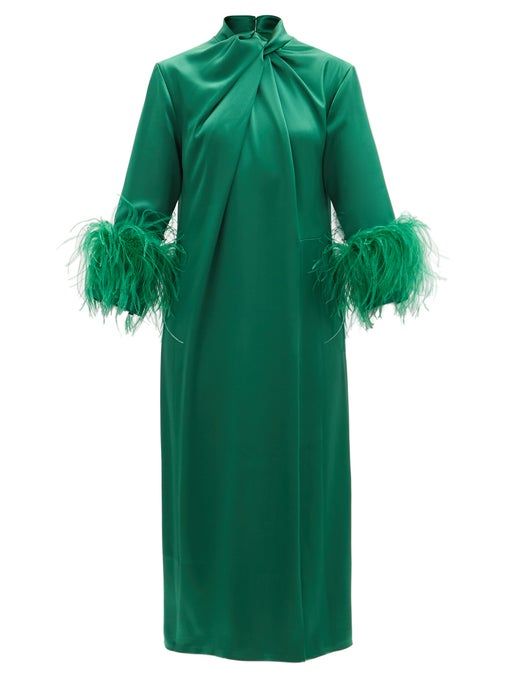
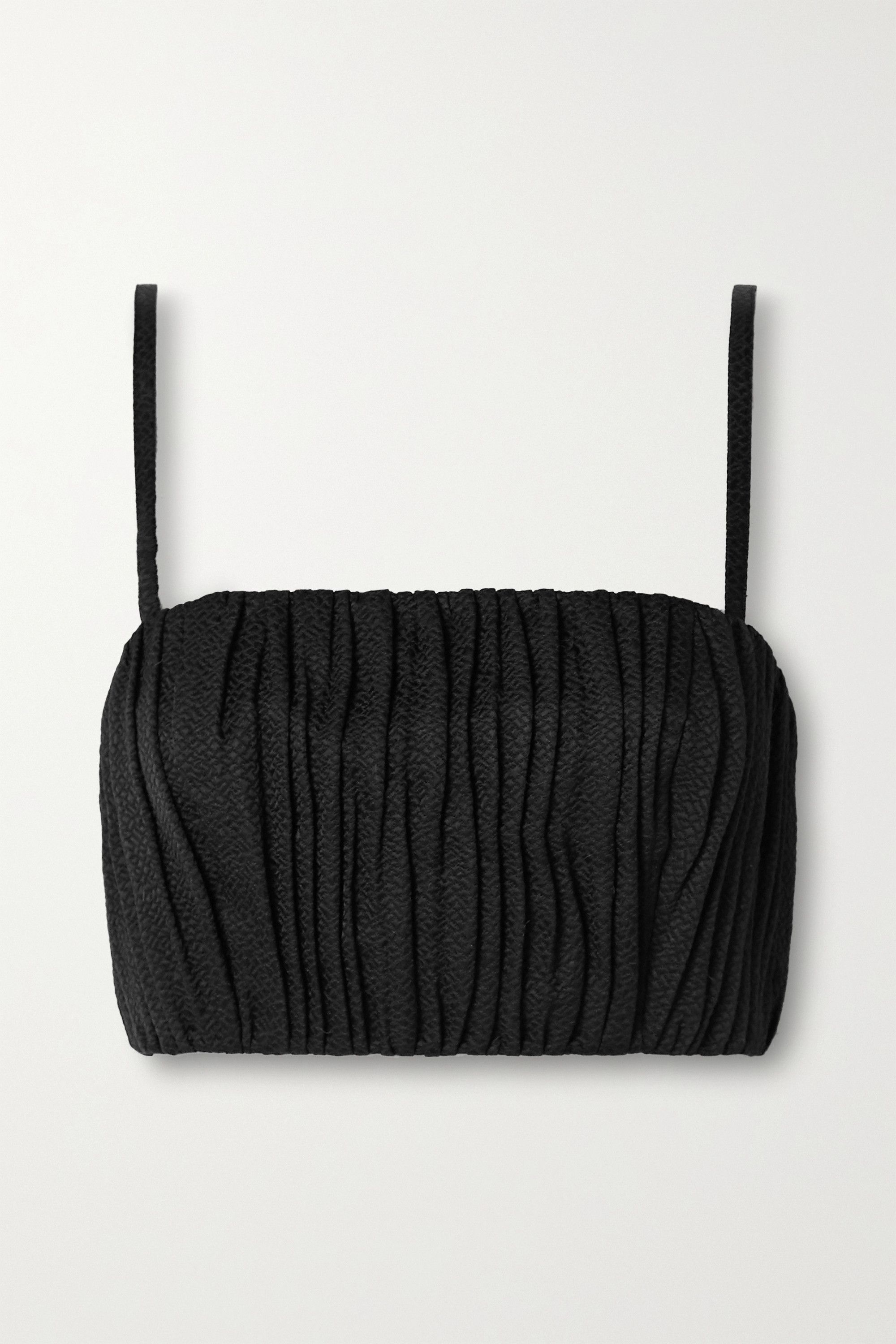
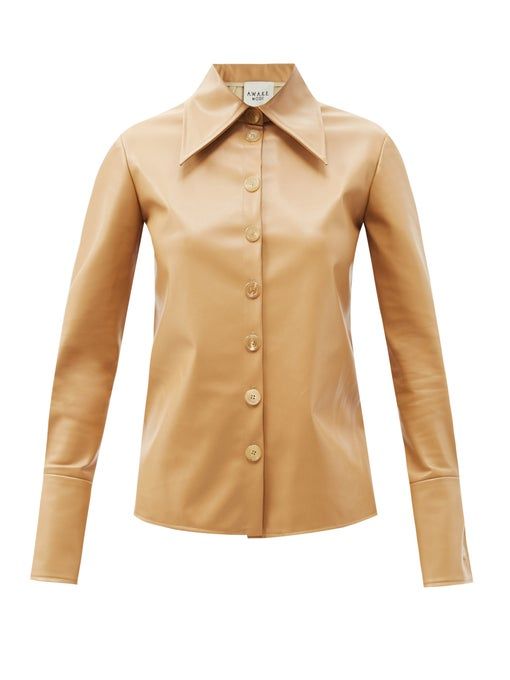
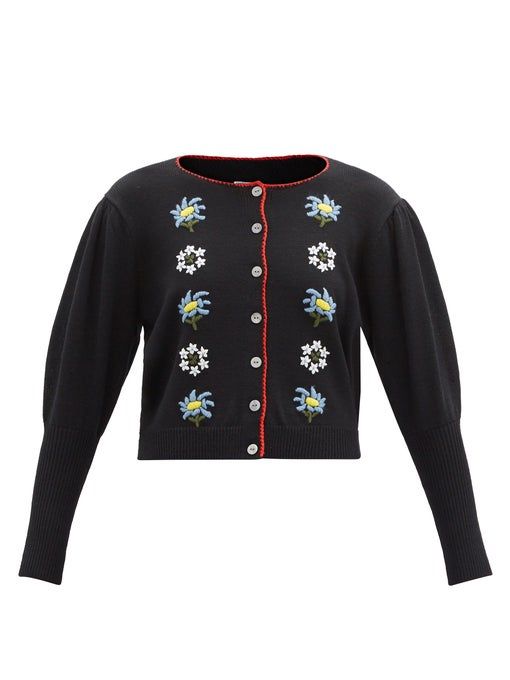
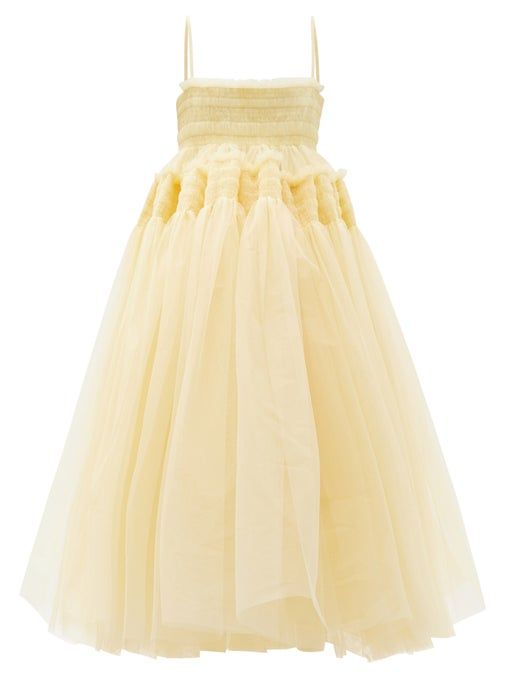
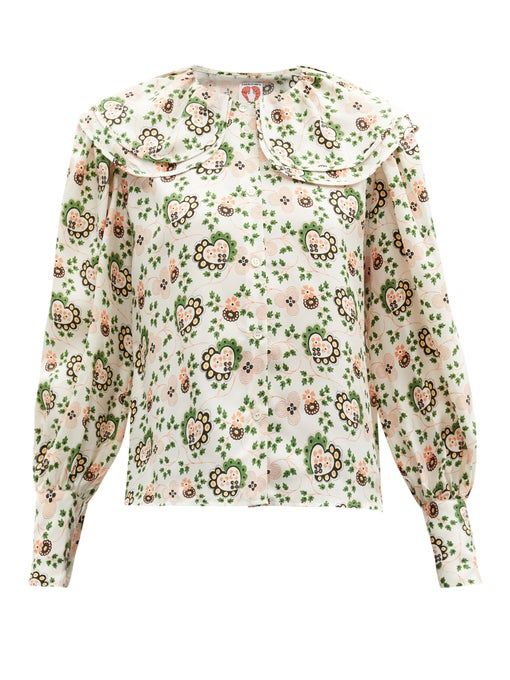
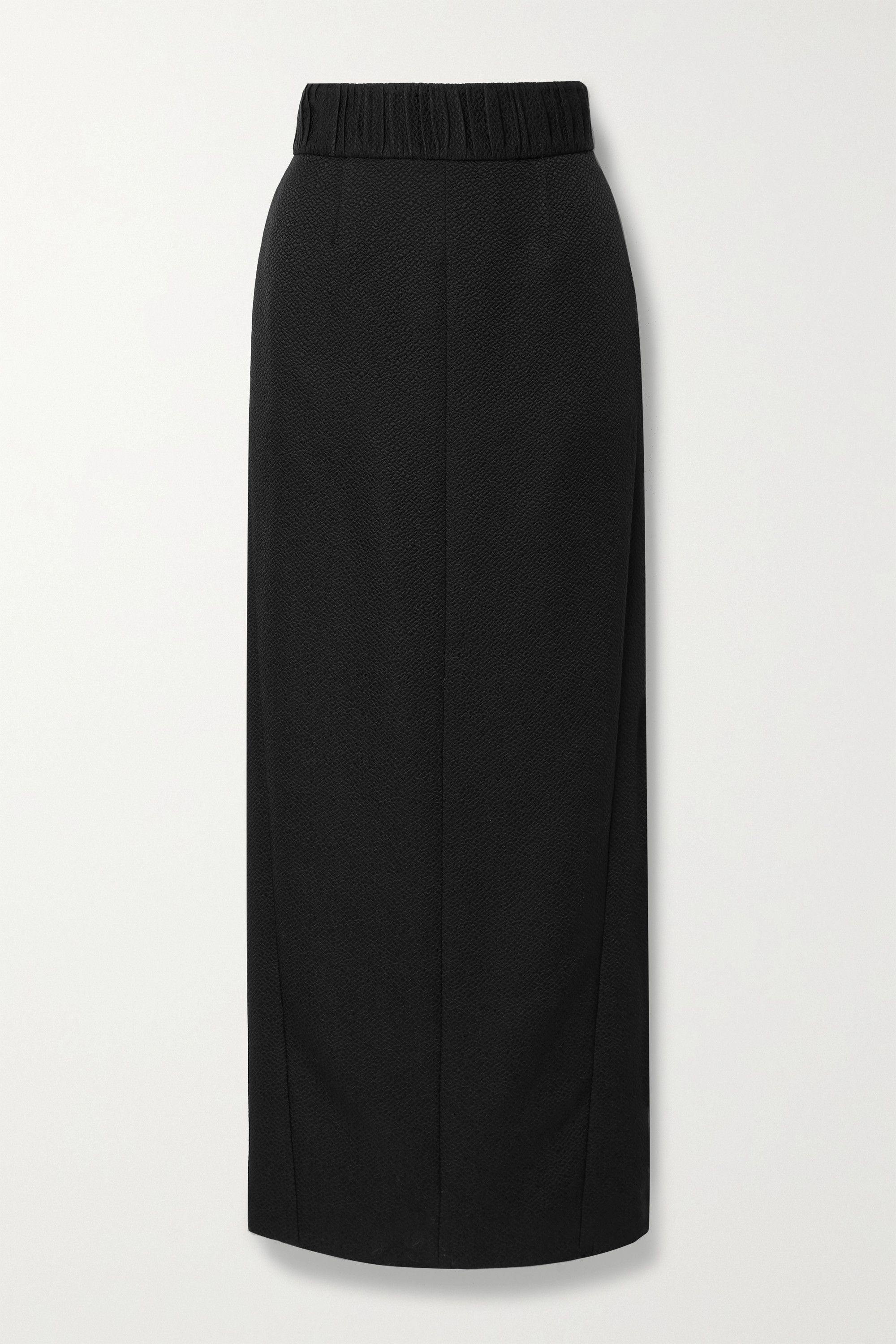
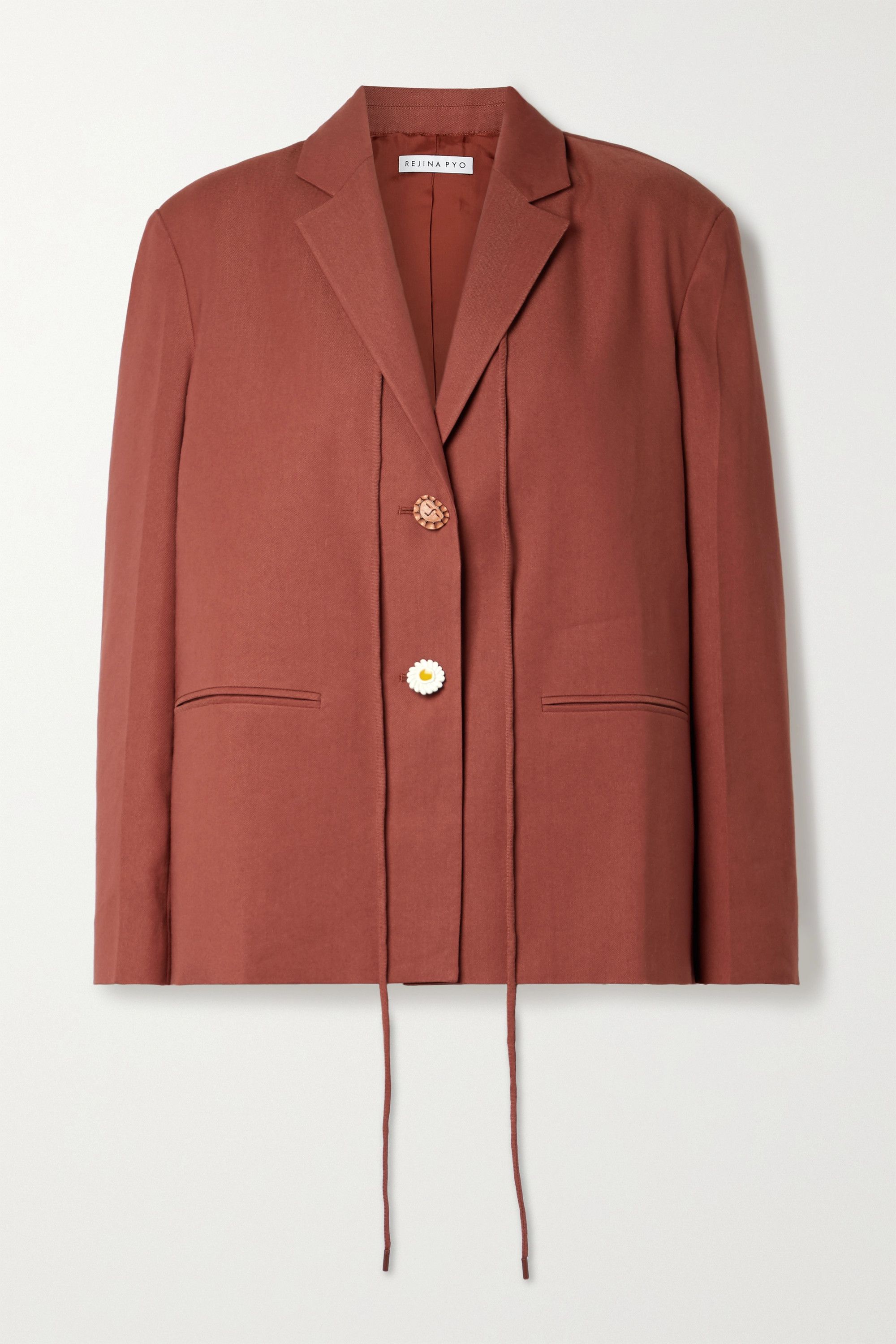
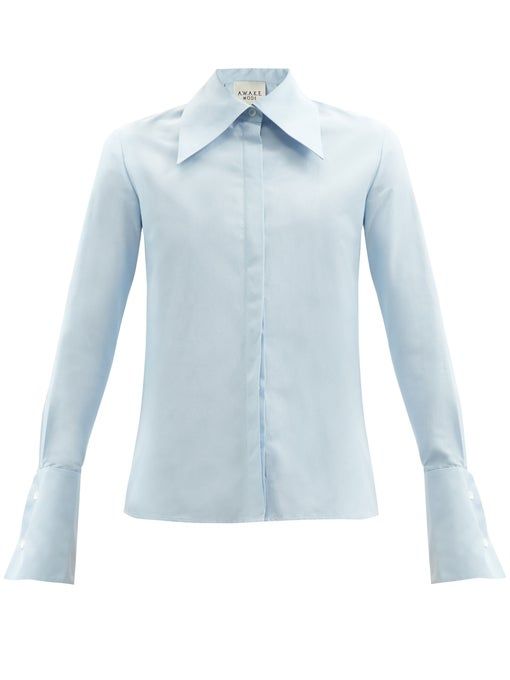

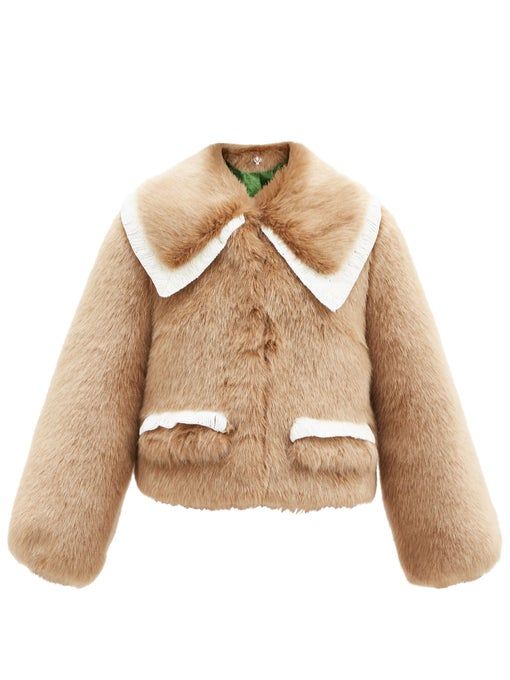
Up Next: Small But Mighty: 31 Pieces From the Coolest British Brands


